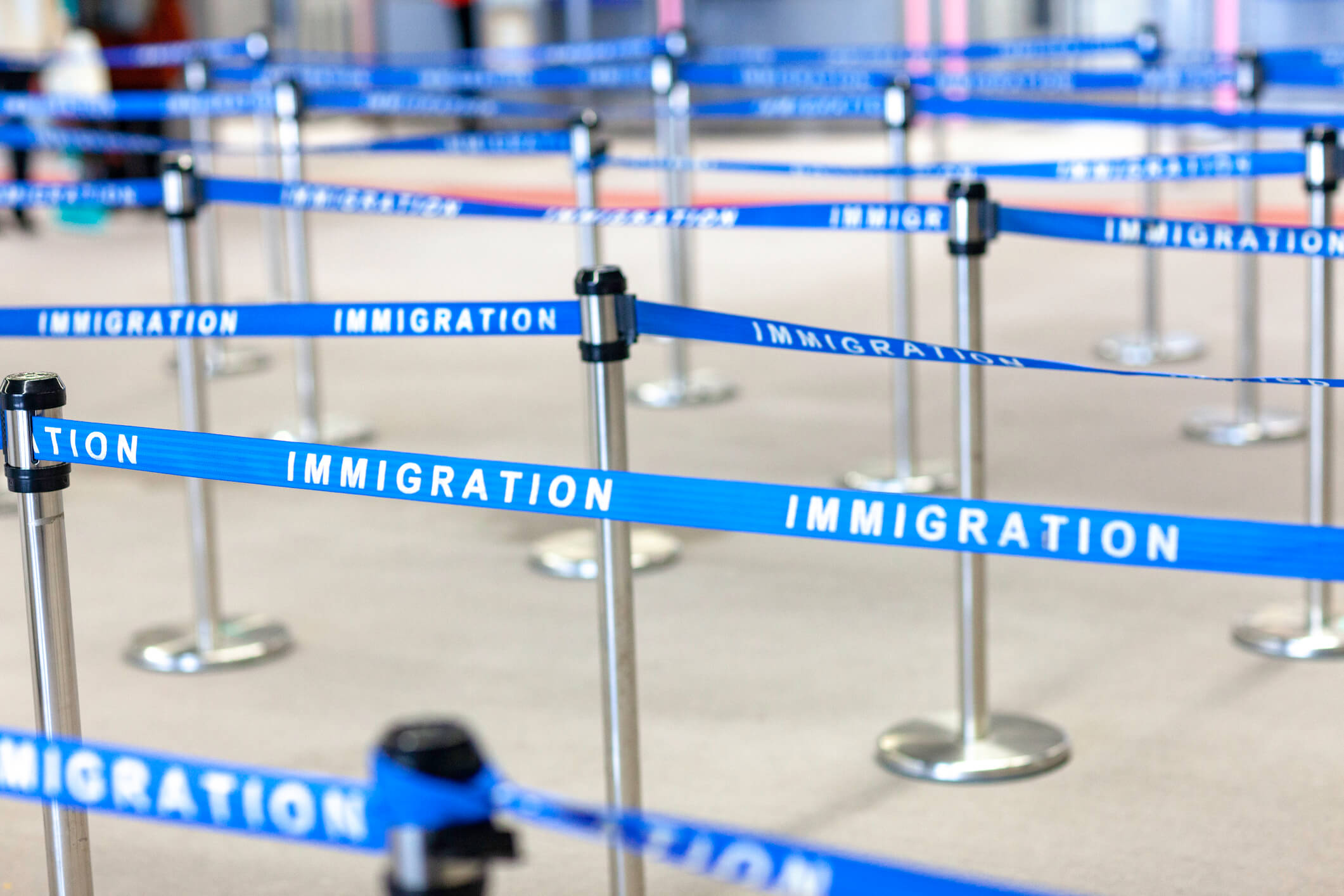Renewed focus on tackling illegal working – what employers need to know
3rd April 2023
This article was first published by People Management. To view the full article please click here.
In the face of increased enforcement action from the UK government, Shabana Muneer and Ruth Jowett explain how to carry out right to work checks, and the consequences of failing to do so.

Prime Minister Rishi Sunak has confirmed a five-step plan for tackling illegal migration, including putting resources in place to enable immigration officers to refocus on enforcement action and increase raids on illegal working by 50 per cent.
The prime minister’s intention has been reflected in Home Office activity, with 1,152 immigration enforcement visits taking place between 11 December 2022 and 23 January 2023. This represents an almost 10 per cent increase on visits as compared to the previous five weeks.
During this period, 92 illegal working civil penalties were issued with a value of £1.5m. In the face of increased scrutiny and enforcement action, it is vital that organisations are doing all they can to ensure all their staff have the appropriate right to work.
What should employers be doing?
All businesses in the UK have a responsibility to prevent illegal working. Employers can do this by carrying out right to work checks on all individuals before they start work, to ensure they are not disqualified from carrying out the work in question by reason of their immigration status.
The Home Office provides comprehensive guidance on how such checks should be carried out in its ‘Right to work checks: an employer’s guide’. It is important that all staff involved in recruitment are trained in relation to the required process. A number of significant amendments have been made over the last few years that many organisations have not caught up with, notably, in relation to checks on EEA nationals following Brexit and the move to mandatory online checks for a number of categories.
By completing checks in a compliant manner, employers will obtain a statutory defence against civil penalties that can otherwise be imposed where they are found to be employing an illegal worker.
Potential consequences of not carrying out compliant checks
If an employee does not have the right to work in the role they’re in, their employer could be subject to enforcement action.
In most routine cases, civil penalties will apply with a maximum fine of £20,000 per illegal worker. However, criminal penalties (of up to five years’ imprisonment and/or unlimited fines) can apply where the employer knew or had reasonable cause to believe that an individual was employed without the legal right to work. These are reserved for the most serious of cases only.
Penalties for illegal working also carry the risk of reputational damage; the government publishes quarterly reports naming employers that have been issued with a civil penalty, meaning this information is publicly available.
Receiving a civil penalty can also lead to any sponsor licence held by the company being downgraded or revoked. This can have a serious impact if the business is sponsoring workers, whose leave may be curtailed. If a company doesn’t hold a sponsor licence, a civil penalty will render it ineligible to apply for one for a 12-month period, which can again adversely impact recruitment and resourcing.
Completing a compliant check
A good strategy is to implement an up-to-date right to work policy and apply it to all new recruits. Where robust practices have not been followed, conducting an audit of historic compliance is also vital so that any potential issues can be identified and appropriately dealt with.
A compliant check will involve:
Step 1: Ensure that you obtain acceptable evidence (eg, an original document or online check).
Step 2: Check that the document confirms the individual has the appropriate right to work, and that it belongs to the person presenting themselves.
Step 3: Retain a clear copy of the check, with a record of the date the check took place. Copies should be retained throughout the individual’s employment and for two years afterwards.
Step 4: If any individual has a time-limited right to work, carry out a further check, before the expiry of their current leave.
Shabana Muneer is a director in our employment team and head of business immigration, and Ruth Jowett an associate in our business immigration team.




